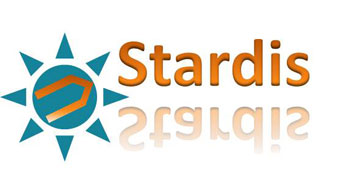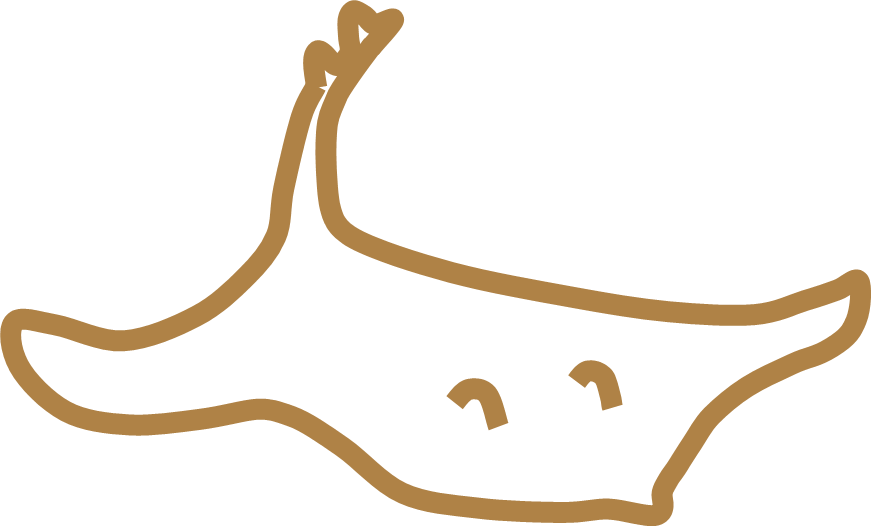Undulate rays in the UK: In the seas around the UK there are about 21 different species of rays. Perhaps one of the most beautiful, the undulate ray, can be found around the south coast of England. These enigmatic creatures are unique to Western Europe, from the English Channel to the Moroccan coast. Although considered endangered from a global perspective, they are common in places along the Channel coast and each individual undulate ray can be identified by the unique pattern on their dorsal side - a technique pioneered for this species by the Undulate Ray Project. Their behaviour has been observed in aquaria for decades, but we are only just learning about their life in the wild, and how it differs from captivity.
The Undulate Ray Project has used computer recognition of ray photographs for ten years to record their presence on the South Coast (West of Selsey Bill).
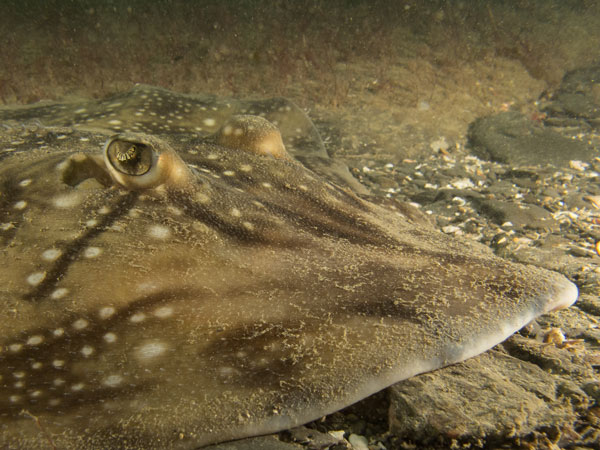
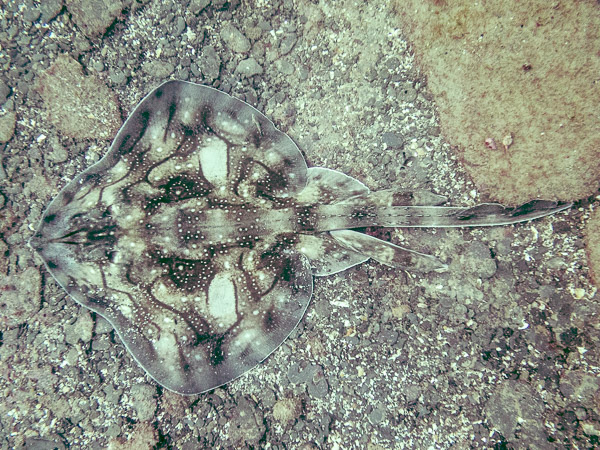
Data gathered initially from just one location in Dorset, demonstrated that undulate rays return to the same site over several years. Over a five-year period a database of photos with over 170 individual undulate rays was established and 25% of the rays had returned on more than one occasion. Today the number of individual rays seen on the site is over 300 and 35% have been seen on more than one occasion. The undulate rays are not always on the same site, where they go to is still a mystery. Find links to more information on our Publications page.
In 2017 an appeal for photographs from divers and anglers of undulate rays along the Dorset coast was successful in highlighting that the original site was not unique. In the following 3 years, the number of rays increased to over 850 with repeat sightings in several areas. However, out of all the submissions only 2 rays had travelled away from where they were originally seen. Undulate rays appear to be home loving creatures which could be vulnerable if subject to pressure in any one area. Today the database contains records for over 1,000 individual rays.
Scientific Association: The initial ray recognition technique was presented at the European Elasmobranch Association conference at Bristol in 2016 and led to an opportunity to assist wider research underway at Manchester University looking at the use of DNA to evaluate shark distributions. The undulate ray was one species under study in a PhD by Samantha Hook. She pioneered a swab technique for harvesting DNA from live rays without causing injury or distress (in fact it looks like they actually enjoy it). The project provided access to a population of undulate rays known to have visited a single site for over 5 years. DNA was extracted from mucus samples and analysis of the DNA adds to the understanding of undulate ray populations along the south coast. Samantha's subsequent analysis showed the Dorset undulate rays to be a genetically divers, healthy population. Find links to the research on our Publications page.
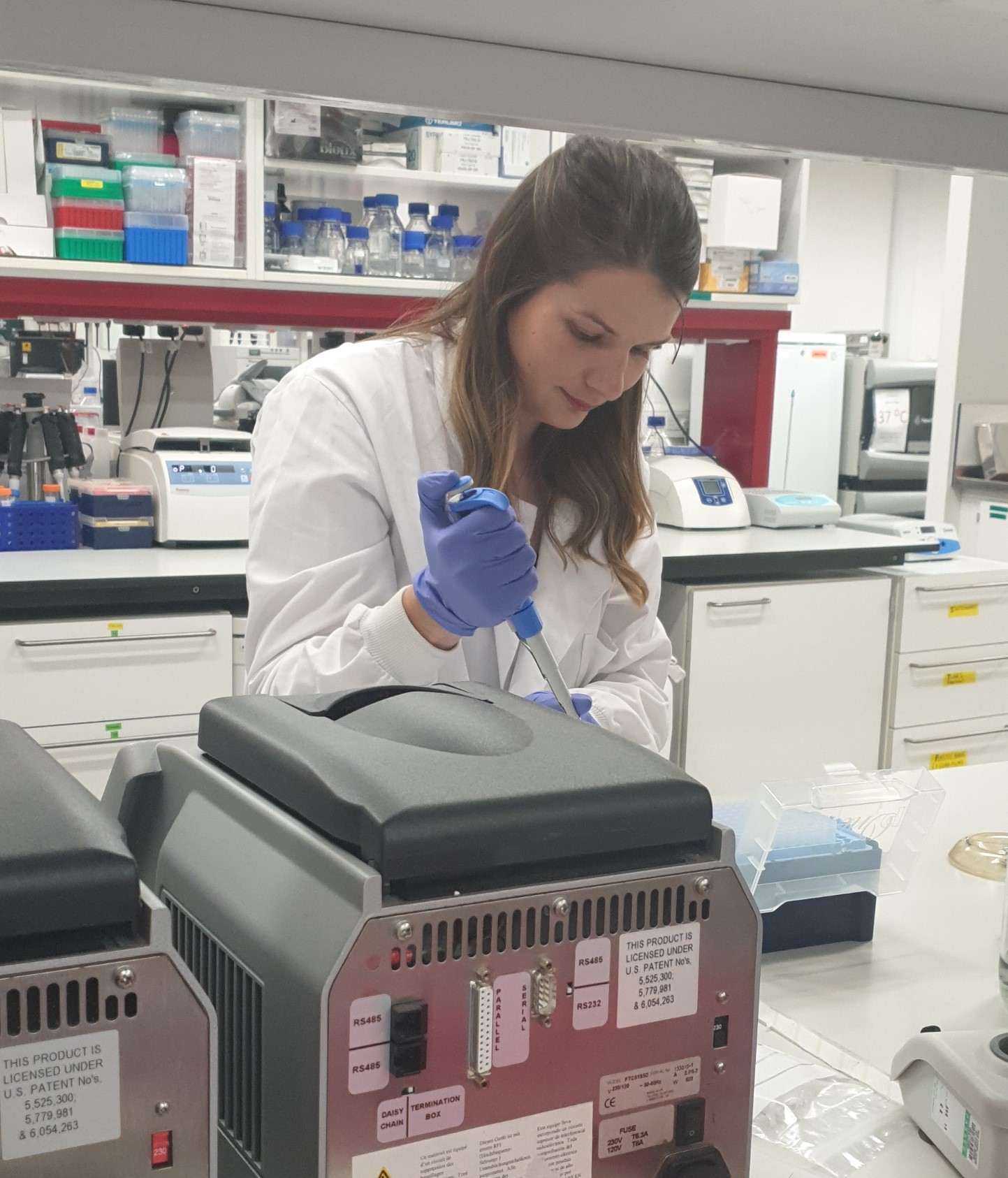
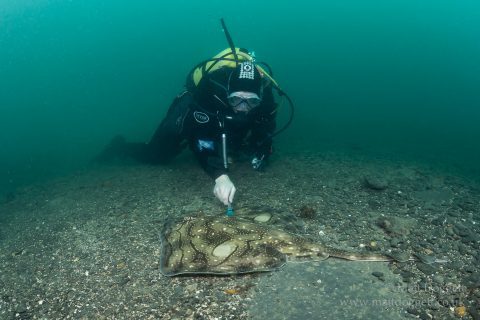
Behavioural observations together with the data make us realise just how little we know about the lifestyle of the rays we interact with. We are making progress and hope to publish more information. View some of our videos on our "Rays in action" page.
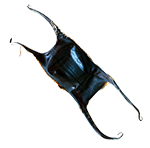
What next: There are many questions still to be answered. Although we are not pursuing a specific goal, we continue to gather behavioural information in the hope it will answer questions the project has generated. We have evidence of a level of social interaction, but we don't know how it's achieved or what drives it. We don't know where they lay their eggs; Different aquaria give us different answers, but there is very little data from the wild. The Great Eggcase Hunt, operated by The Shark Trust, maps where the many eggcases are washed up on our beaches, but where are they laid underwater?
We still don't know how far they normally travel and whether are they independent or part of groups.
More information on undulate ray sightings will help us understand them more.
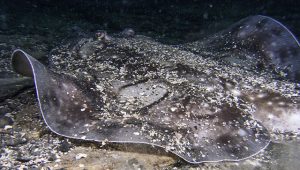
Who operates the project? The Undulate Ray Project is operated by Martin and Sheilah from Stardis. They are assisted by marine ecologist and underwater photographer Matt Doggett. All genetics and DNA analysis was done by Samantha Hook.




